Discover 11 Thrilling Astronomical Events in 2025
From dazzling planetary alignments to captivating meteor showers, the year 2025 is set to be a breathtaking time for stargazers and astronomy enthusiasts alike. The universe serves up a diverse menu of cosmic phenomena that can transform your evening sky into a stunning spectacle. Whether you’re planning to travel to the best viewing spots or simply gazing from your backyard, these events promise to ignite excitement. With a bit of preparation, you can take full advantage of these extraordinary celestial displays.
This blog post highlights eleven remarkable astronomical events scheduled for the coming year, providing insights on when and where you’ll be able to catch them. Each event presents its unique charm and a chance to marvel at the vast expanse of the cosmos. Be sure to check your local time zones and conditions to make the most of these unforgettable moments in the sky.
Throughout the year, skilled astronomers will emphasize that looking upward is just as important as planning your travels. You wouldn’t want to miss witnessing moments like a lunar eclipse turning the moon a reddish hue or the sight of a meteor shower lighting up the night. Align your calendar with this list, and get ready to enjoy a year full of astrotourism and skywatching.
January: Kickstart the Year with Vibrant Skies
As we enter the new year, January offers astronomical phenomena that delight the senses. The Quadrantid meteor shower, which peaks around January 2-3, boasts a zenith hourly rate of up to 120 meteors. With the moon being a waxing crescent, this event provides an excellent opportunity to observe shooting stars in all their glory. Get ready to bundle up, perhaps even pack some snacks, and head to your favorite stargazing location.
Those who prefer to stay put can still enjoy the wonders of the night sky. Mercury, for instance, will be visible in the early evening on January 7, appearing as a bright spot just after sunset. Such celestial events help pave the way for a year full of exploration and observation.
To get the most out of this month’s cosmic happenings, consider using an app or a stargazing tool that can guide you through identifying constellations and planets. There’s something magical about sharing these moments with friends or family, creating a shared appreciation for the wonders of the universe. If you need ideas for where to go, click here for events near you.
This time of the year sets the mood for what’s possible in astronomy.
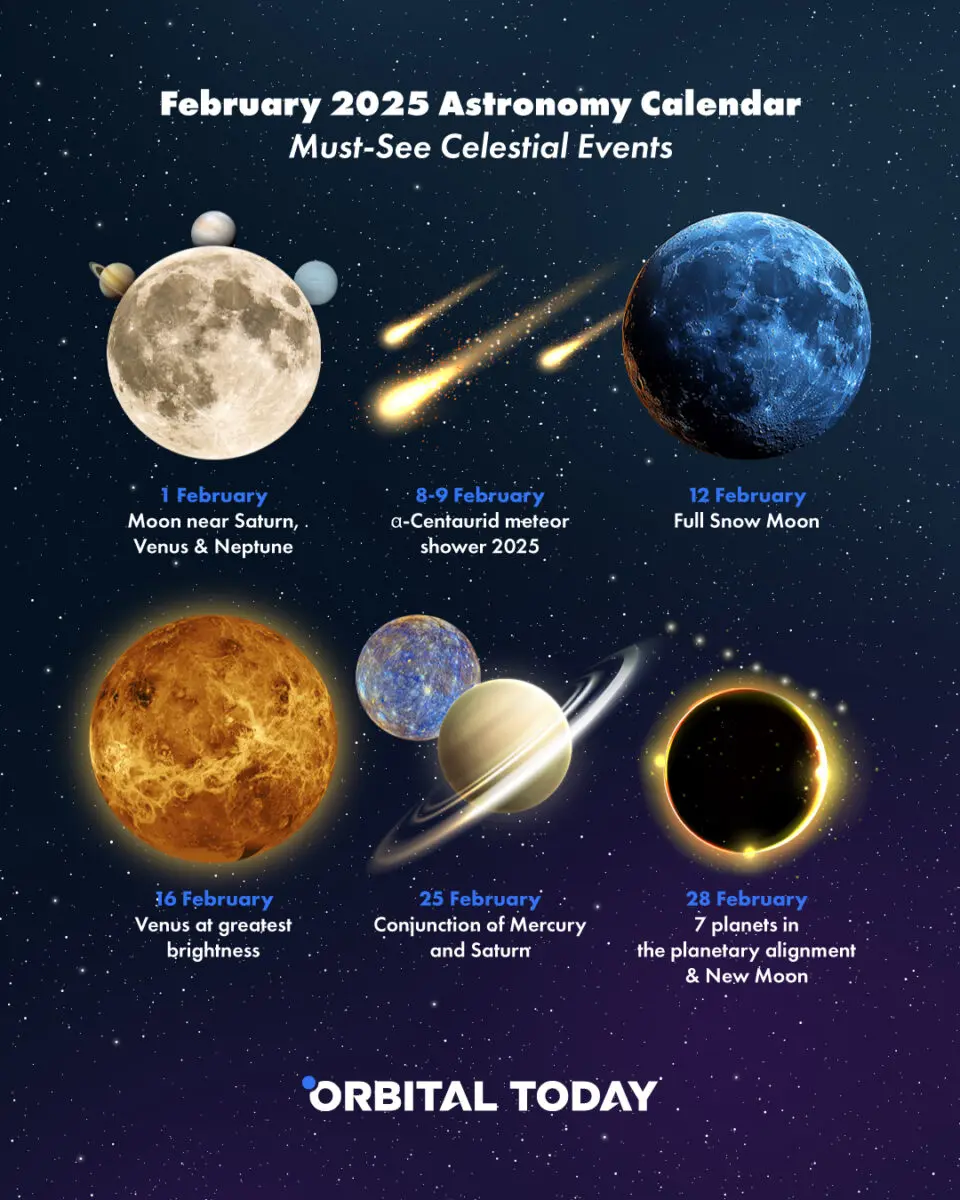
The Quadrantid Meteor Shower: A Close Look
The Quadrantid meteor shower has become a beloved annual event for enthusiasts worldwide. Observers can enjoy the peak of this meteor shower in the early hours of January 3. The meteors appear to emanate from the constellation Boötes, creating a beautiful spectacle. The best viewing conditions typically occur in areas far from city lights, where light pollution has minimal impact.
One of the key points to note about the Quadrantids is their brief peak—hence the need to plan ahead and ensure you’re equipped with adequate viewing gear. Warm blankets, reclining chairs, and hot beverages can lead to a comfortable stargazing experience.
Although these meteors can be quite mesmerizing, timing is essential. They usually show up in bursts. This splendor becomes apparent when you allow your eyes to adjust to the dark. Allow at least 20 minutes to soak up the night sky before actively searching for meteors. The anticipation builds as fragments of space debris streak across the night.
Return to our site to discover how the patterns from celestial events can impact world occurrences!
February: Planetary Parade Unfolds
At the end of February, the night sky treats observers to what some are calling a ‘planetary parade.’ Starting around February 25, the five brightest planets—Mercury, Saturn, Venus, Jupiter, and Mars—align in a magnificent display that won’t soon be forgotten. Each night, as the celestial show progresses, these planets will be positioned in a way that creates an unforgettable visual experience. The crescendo arrives around March 1, where the crescent moon will join the show for even more grandeur.
Spotting Mercury low on the western horizon requires some effort, as it may only appear like a middling star at dusk. Saturn and Mars accompany the procession, providing a riveting experience for amateur astronomers and curious spectators alike.
Ensure you have your binoculars handy as they can enhance planet viewing. Don’t forget to grab your loved ones and witness the beauty together. Sending an enthusiastic text to friends about capturing impressive sky photos can motivate them to join your stargazing rituals. They might even share some clever tips gathered from earlier encounters with the cosmos, enhancing your experience!
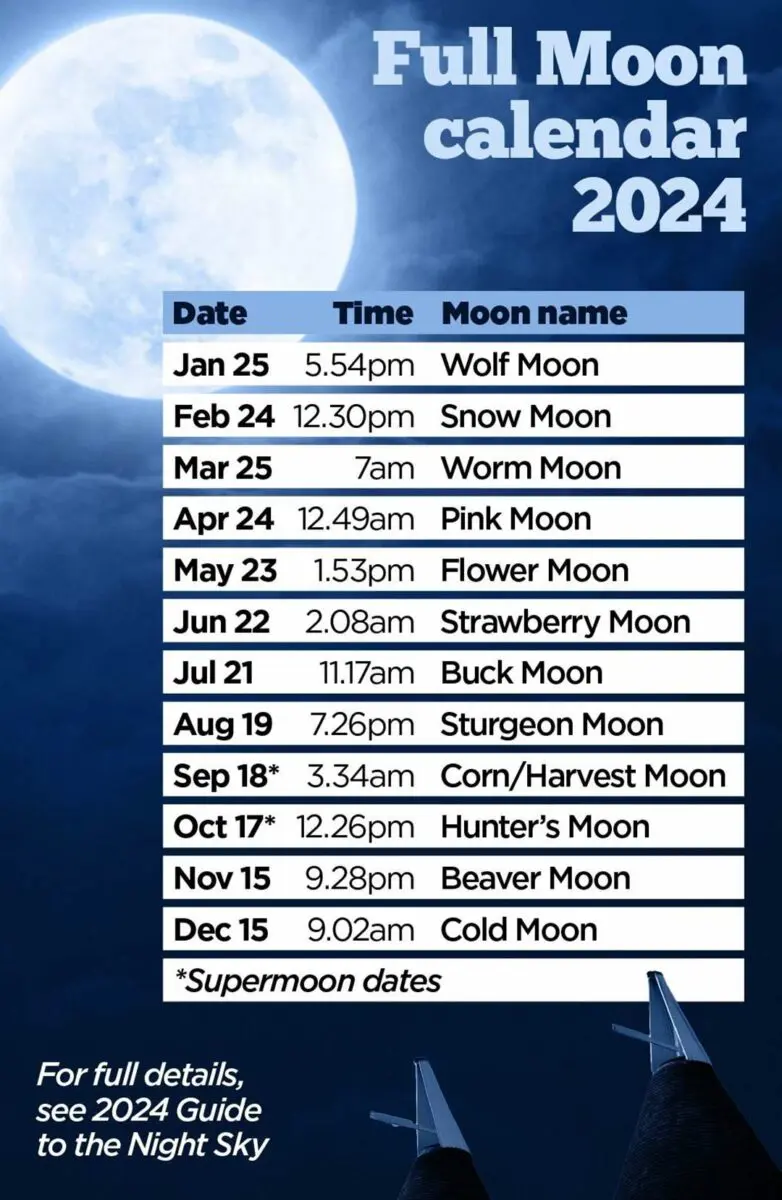
Understanding the Planetary Parade
The planetary parade seen in February presents a rare opportunity to observe multiple planets in one evening. For many amateur astronomers, spotting these celestial bodies can be a rite of passage. Each of these planets has its unique characteristics—Mercury being the fastest and closest to the sun, while Jupiter reigns as the largest in our solar system. The visibility of these planets varies, with each presenting different challenges to observers.
In preparation for witnessing this unique event, research previous alignments. It fosters a deeper understanding and makes the skywatching experience even more enriching. Observatory apps will allow you to track each planet’s location as they shift positions in the sky.
While engaging with nature’s wonders, consider discussing what a planetary alignment means in cultural terms and how these celestial events have inspired various societies. Look into stories that highlight the historical significance of such occurrences; understanding humankind’s relationship with the cosmos can deepen your appreciation.
A visit to our link provides both entertainment and expands your understanding of the universe.
March: Lunar Eclipses and Partial Surprises
March brings a beautiful lunar eclipse. On March 14, observers are treated to a total lunar eclipse, commencing at 05:09 UTC. As the Earth’s shadow covers the moon, the celestial body transforms into a striking deep red or brown hue. This phenomenon, known as a ‘blood moon’, typically lasts over an hour. A stunning visual presentation is in store for the Americas, western Europe, and parts of Africa.
Culminating in such a significant event allows observers to marvel at the nature of the Earth’s shadow on the moon. This year also showcases a partial solar eclipse on March 29, although the moon will not completely cover the sun. Those in northeastern parts of the U.S., Canada, and parts of western Europe will be able to witness up to 90% obscuration of the sun. Observers should ensure they have valid protective eyewear.
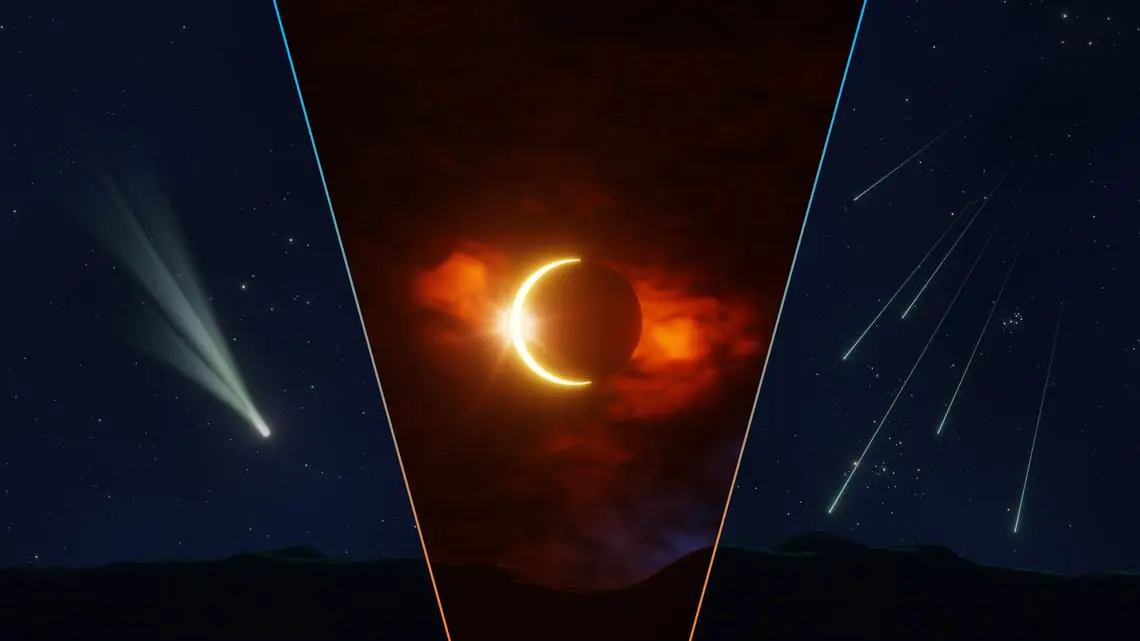
The Impact of Lunar Events
Nothing compares to the captivating allure of lunar eclipses. As the Earth casts its shadow onto the moon, explorers often find themselves rethinking their understanding of celestial mechanics. Photographers relish the opportunity to capture the moody skies that accompany this event. The visual spectrum of colors may vary, invoking emotion and thought.
Wrap up your viewing experience with a discussion on lunar eclipses’ significance across various cultures. For centuries, these events have sparked legends and folklore, making lunar eclipses a cultural phenomenon in addition to an astronomical one.
As you prepare to capture images and share them on social media, don’t forget to use trending hashtags to increase visibility. For those new to photography, consider exploring online courses to hone your skills. Viewing a lunar eclipse is, after all, not just about seeing the event but also about experiencing it.
Click to explore more about how these celestial occurrences can influence your understanding of astronomy on our website.
April: The Cluster of Planets
April promises a unique chance to witness an intriguing phenomenon as the planets Mercury, Venus, and Saturn cluster together low in the eastern horizon during the week of April 12-18. Early risers will get to enjoy this celestial cluster just before sunrise. This event reminds us of the wonders of coordination within our solar system.
To enhance your experience, consider arriving at your viewing site early to set up for optimum observation conditions. The thin crescent moon will also make an appearance on April 24-25, adding an element of excitement to the skywatching schedule. Each night reveals new alignments, and tracking these celestial wanderers can be an exhilarating challenge.
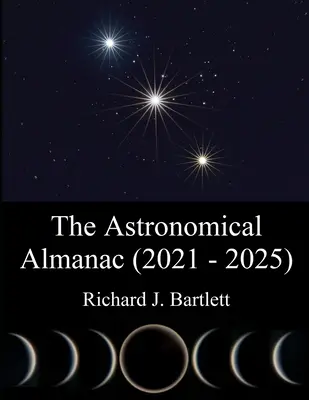
Morning Glory: Lifting Spirits with the Dawn Planets
The early morning sky can invigorate the spirit with the warm hues of dawn and the glistening presence of planets. The clustering of Mercury, Venus, and Saturn allows observers to witness the transitional aspects of our solar system. Each morning transforms into a new opportunity to appreciate how these celestial bodies interact.
Take the time to engage with fellow enthusiasts as you share thoughts about the planetary arrangements. It not only enhances the social experience but allows each participant to bring their insights to the table. Who knows, you might uncover hidden lore relating to these planets or even make new friends passionate about astronomy.
Every observation can yield new knowledge, whether through casual conversation or intensive study of astronomical figures.
Positioning your observation site for the best view of this event is significant. Remote spots away from cities will yield cleaner results, allowing each planet’s individual hue and form to shine. For updates on cosmic occurrences, check out our website.
May: A Meteor Shower Extravaganza
May 3-5 marks the peak of the Eta Aquarids meteor shower, promising a display of up to 50 shooting stars per hour. This meteor shower is known for its stunning visuals and is best viewed from the southern hemisphere. Observers can enjoy a thrilling spectacle as fragments from Halley’s Comet enter our atmosphere and burn up, creating bright streaks across the night sky.
As the main event approaches, ensure you have the right setting. Allowing time to adjust to the darkness improves chances of spotting meteors. Plan to gather with fellow enthusiasts at local parks or other open spaces where lights are dimmed. Sharing insights with fellow stargazers regarding the best viewing positions can enhance your experience while the shower unfolds.

Tips for Meteor Shower Viewing
For those wanting to experience the thrill of the Eta Aquarids, you will want to have a game plan. Bringing equipment such as reclining chairs, blankets, and refreshments can heighten the comfort of the experience. Sit back, relax, and let nature’s fireworks dazzle your senses.
Encouraging friends to join makes it even better. Similar to a camping trip, the camaraderie turns the event into a delightful social gathering. However, be mindful of the weather. Clear skies present the best viewing conditions, while cloud cover can greatly reduce visibility.
Consider discussing the science behind meteors and how they originate from comets. Engaging conversations on this subject can ignite curiosity and inspire a deeper understanding of our universe. Furthermore, take note of the various associated meteor showers throughout the year to plan your next stargazing adventure!
Curious about fun events in space? Our site provides regular updates on upcoming astronomical happenings.
August: Venus and Jupiter Align
On August 12, two of the brightest planets, Venus and Jupiter, will be side-by-side in the eastern sky at dawn. This rare alignment, occurring just 1 degree apart (a distance twice the size of the full moon), creates an enchanting view. The approach builds over several days, ultimately rewarding observers with a breathtaking sight as both planets shine brightly against the backdrop of the morning light.
Early birds will have the best shot at catching this spectacle. Plan for a few mornings of potential viewing, as the alignment gradually draws closer. Snapping photos during this celestial reunion can add to your personal stargazing album.
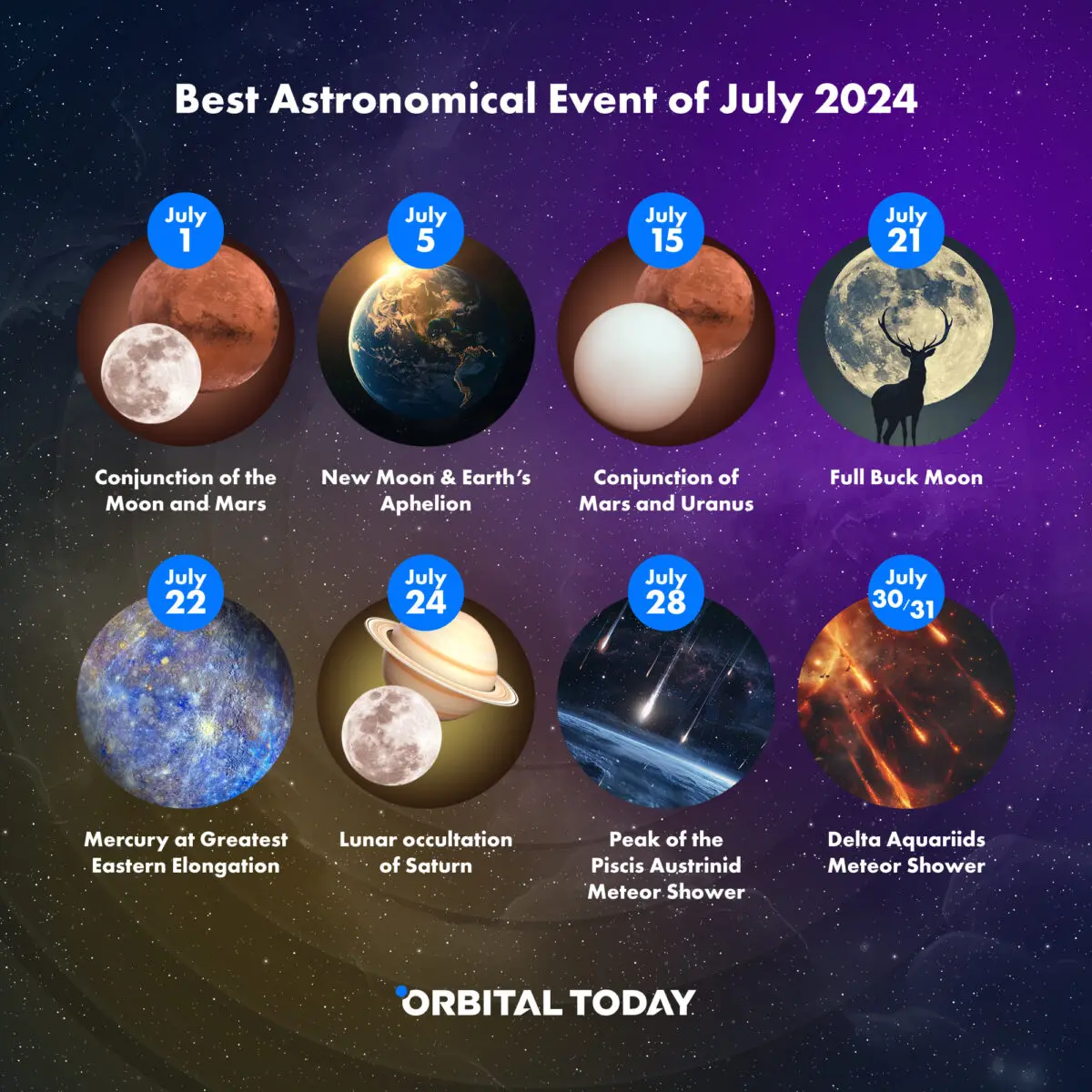
Photographing the Alignment
The beauty of the Venus and Jupiter alignment extends beyond mere observation. With a little planning, capturing the moment on camera can bring lasting memories. Ensure you have the right equipment—for beginners, even smartphone cameras can yield stunning shots with the right angle and lighting.
Engage the creativity surrounding this event; think of innovative ways to incorporate the celestial bodies into a larger landscape. If you live in an area with prominent landmarks, consider capturing your photos against these beautiful backdrops.
By sharing your photographs on your social media accounts with insightful captions, you can inspire others to connect with the cosmos too. Each photograph carries a story and a moment in time that adds to the rich tapestry of your experiences.
For a broader perspective on celestial happenings, check out our website.
September: Another Lunar Eclipse Event
On September 7, the second total lunar eclipse of the year will take place. Visibility for this eclipse stretches from extreme eastern Africa to most of Asia and western Australia. Starting at 16:27 UTC, the partial eclipse will lead into a totality phase at 17:30 UTC:
The total eclipse offers a colorful scene as the moon bathes in different hues due to scattered sunlight. Observers along the path will be treated to an impressive view as the moon shifts colors dramatically throughout the event.
Preparing for this mesmerizing spectacle is easier than ever. An observatory setup is key—allowing you to witness this cosmic dynamism. Consider sharing your planned viewing site with fellow enthusiasts and convert this event into a community gathering.

Sharing the Experience
Experiencing a lunar eclipse as a group can greatly enhance the appreciation for these events. Discussing observations, sharing thoughts, and even photographing experiences together can transform a solitary activity into a vibrant social event. Consider organizing local gatherings or star parties, where you can share equipment and expertise to help each other capture the wonder of the lunar eclipse.
Online platforms serve as excellent tools for organizing events and receiving updates on local occurrences. These connections strengthen community ties while fostering a spirit of curiosity.
Your shared excitement and knowledge about celestial events can inspire others to take a greater interest as well. The goal lies in encouraging each other to participate in the wonders of astronomy.
Don’t miss out! Explore our website for upcoming events in astronomy!
Source: www.cntraveler.com
I’m Mikael, a 35-year-old Gossip Gravity Creator. I’m passionate about curating captivating content that sparks conversations and ignites curiosity. Join me on this exciting journey as we explore the fascinating world of gossip and trends together!



